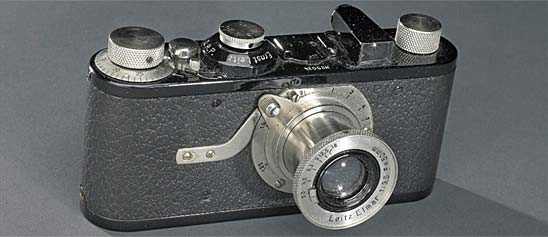Lieutenant Colonel Francis Edwin Pierce, carte-de-visite, by R.B. Appleby, Rochester, New York, c. 1860sFrancis Edwin Pierce was born to Abijah and Miranda Pierce on July 6, 1833.
- Description
-
Lieutenant Colonel Francis Edwin Pierce, carte-de-visite, by R.B. Appleby, Rochester, New York, c. 1860s
-
Francis Edwin Pierce was born to Abijah and Miranda Pierce on July 6, 1833. He spent his formative years in Fowlerville, Livingston County, New York, until he moved with his parents to Wisconsin in 1845. Pierce lived there for just a few years before returning to New York to live with his grandparents.
-
Sent to Rochester, New York, for a better education, Francis Pierce excelled academically and graduated from Rochester University with high honors in 1859. During that time, he also taught. After graduation, he was made the principal of Mt. Morris Academy in Mount Morris, Livingston County, New York. In 1860 Pierce established the Rochester Military Training School with his cousin, Col. Samuel C. Pierce.
-
Francis Pierce was at the new school until July 1862, when he began to raise Company F of the 108th New York Volunteers. By November, he became the major of the regiment. In March 1863, he rose to lieutenant colonel. During the Battle of Morton’s Ford, fought on February 6 and 7, 1864, in Virginia, he was wounded in the left eye, and the injury cost him, his sight in that eye. He was further injured during the May 5-7, 1864 Battle of the Wilderness, in Virginia, where he was shot through one of his hands, but continued in the field. While in command of his regiment, he and his men captured 3,000 Confederate men and officers, including Gen. Joe Johnston. Francis Pierce was mustered out of service in 1865.
-
Records show that during the Battle of Gettysburg, Col. Thomas A. Smyth (cat. #3955W) was injured and Francis Pierce was temporarily put in command, for which he was highly praised: In Smyth’s report, the colonel wrote, “I desire to call the attention of the general commanding to the bravery, self possession, and energy of Lieutenant-Colonel Francis E. Pierce, commanding the One Hundred and Eighth New York Volunteers who throughout the heaviest of the fire showed the greatest unconcern, passing along his line and encouraging his men.”
-
Following the war Francis Pierce was appointed colonel of the 1st United States Volunteers, a regiment of discharged veterans. After accepting the position of second lieutenant, it was evident that the military would become his career. During the winter months of 1865, Colonel Pierce received from Congress the honorary title of brevet brigadier general of volunteers. Throughout the remaining years of Pierce’s life, he held many positions in various military organizations.
- Location
-
Currently not on view
- date made
-
1861-1865
- depicted (sitter)
-
Pierce, Francis E.
- maker
-
Appleby, R. B.
- ID Number
-
PG.003955DD
- accession number
-
117896
- catalog number
-
3955DD
